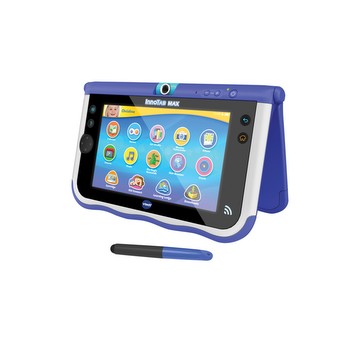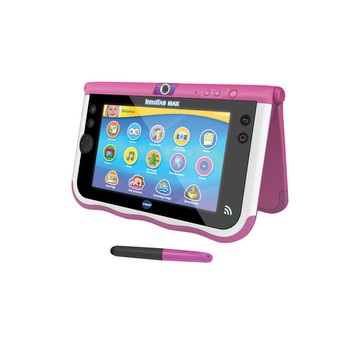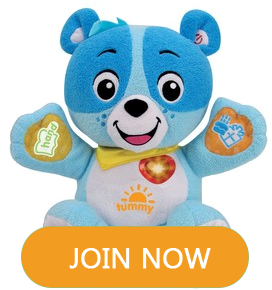Why Join VTech Club?
Joining is free, fast and full of great benefits, such as:
- Promotions and offers
- Monthly £1,000 prize draw*
- Regular competitions
- Special offers for our members
Added benefits
- Register your VTech products
- Apply to be a Product Tester
3-9
YEARS
InnoTab Max Blue
£114.99
Temporarily unavailable to purchase online,
for more information please call 03306780149
for more information please call 03306780149
- All new faster and even more powerful Innotab console!
- Bonus free unlockable features include secure internet browser, Kid Connect Premium app, Movie Maker, Magic Beanstalk game and Art Studio.
- Secure wireless connection to VTech’s Learning Lodge for easy downloading.
- Features wish list so children can list requests and send to parents.
- 7 inch multi-touch capacitive touch screen.
- Built-in rechargeable battery.
Best for ages:
3 to 9 Years
Highlights
All new Innotab console, with even faster processor! Features Kid Connect Premium, camera, wi-fi, internet browser, media player and lots more!
Description
Innotab Max is the next generation in children's interactive play! An even faster console features a 7 inch multi-touch screen, 2MP camera for photo and video taking, Kid Connect Premium app, wi-fi, kid-safe internet browser, Movie Maker app, media player, e-books and lots more. Connect to the VTech Learning Lodge to download videos, music, apps, e-books, games and more! There is 4GB of internal memory that is expandable with a microSD card (not included). Built-in rechargeable battery for portable play!
- Product Number: 80-166803
- NA Batteries Required



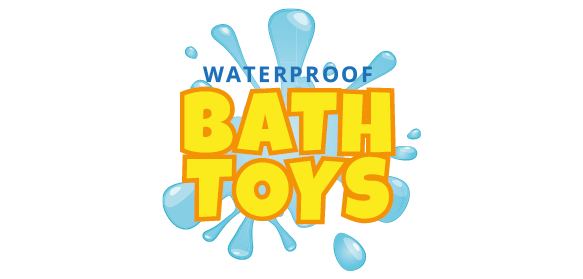
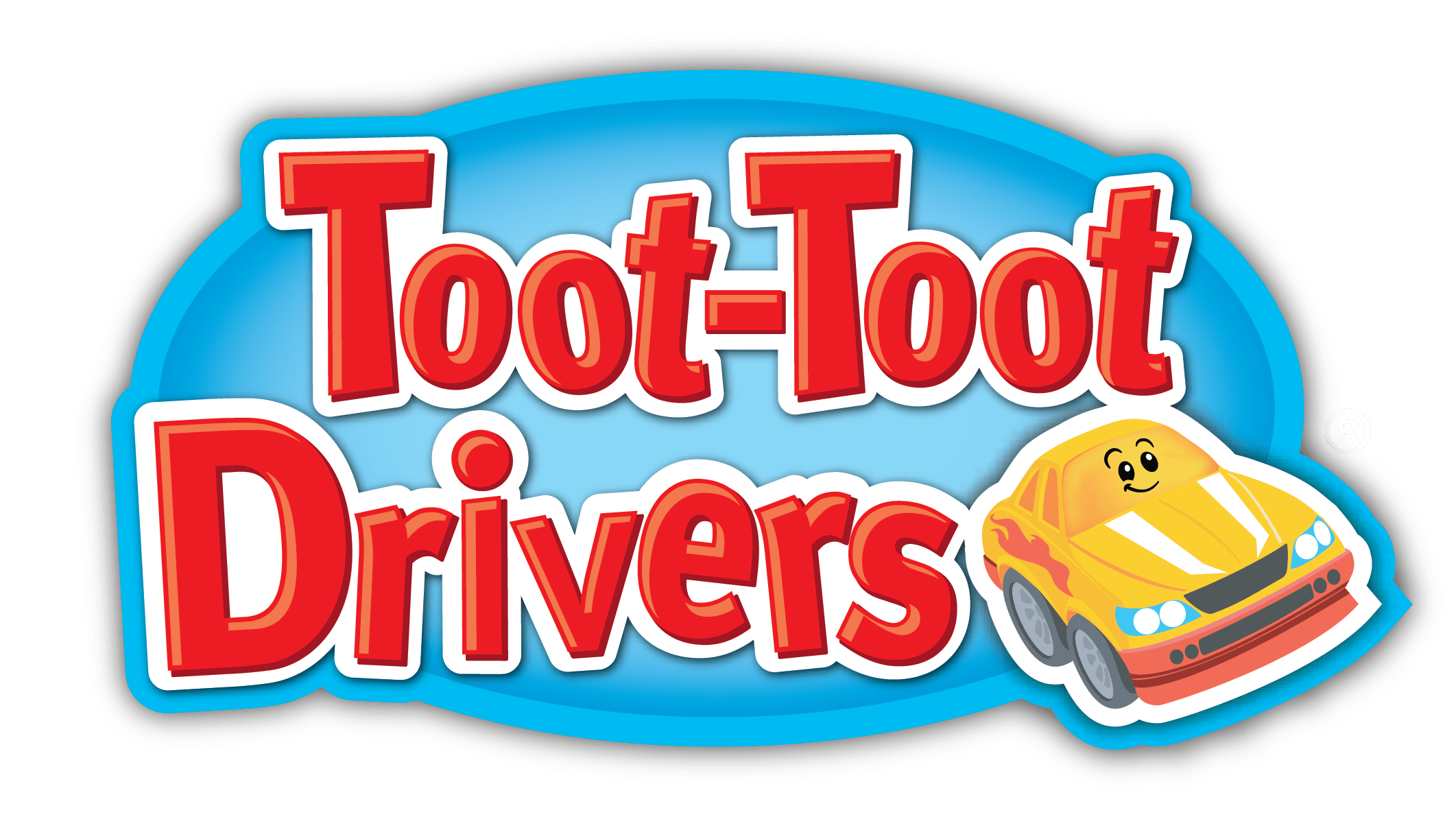







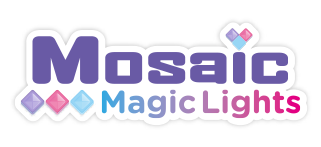
 Download
Download

